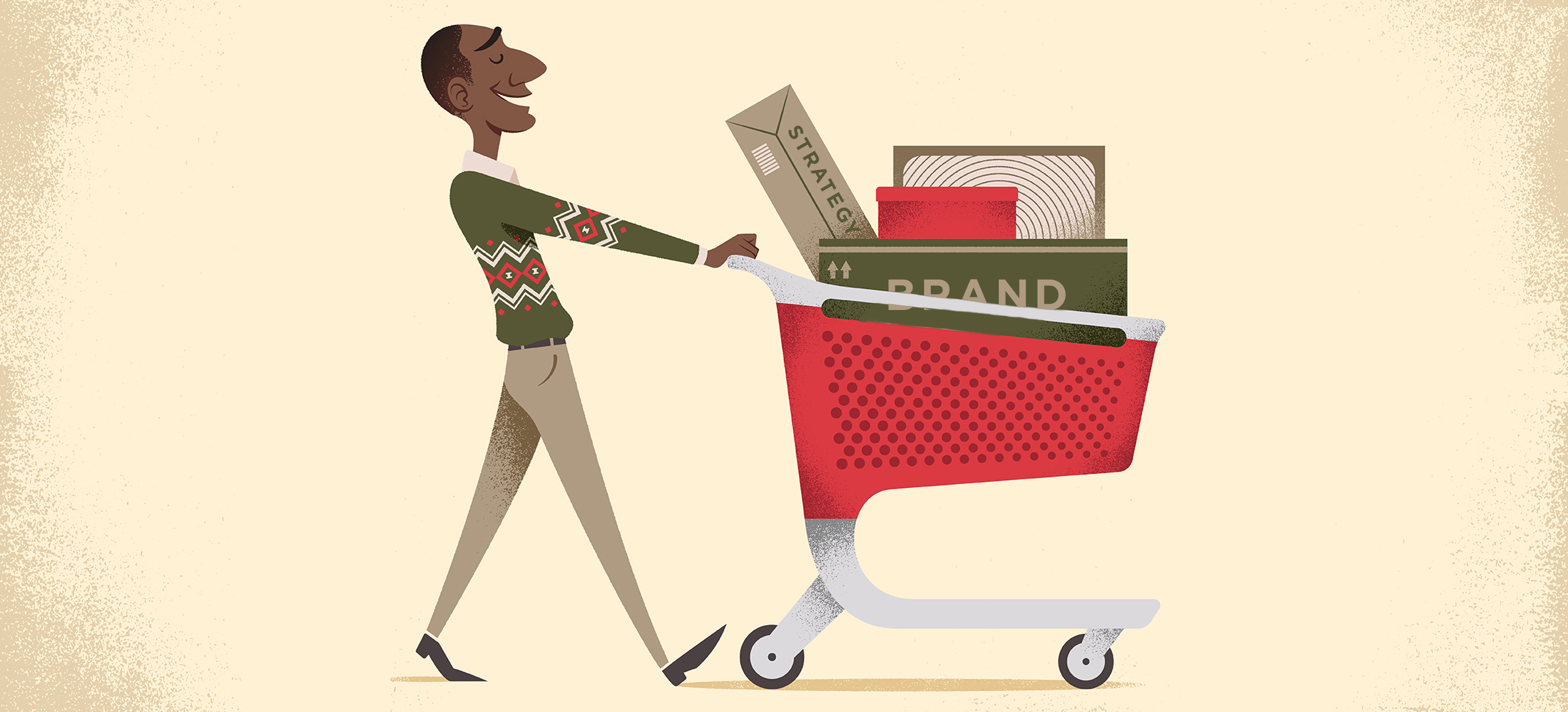I found myself reflecting back to talks I’ve given on harnessing, managing and leveraging Creative Intelligence in individuals, teams and organizations, and came up with some key areas to examine to help you ensure you’re getting the most value for your money.
The first question to ask yourself is whether or not you’ve hired a ‘good agency.’ Your chances of receiving massive value from an agency is not out of the realm of possibility, but your chances are pretty slim if you don’t start with one that employs good talent
Talented creatives attract other talented people, which is demonstrated by an agency’s track record of creating magic and success for their clients. You’ll know it when you see it – it will move your heart and the execution will satisfy your brain.
It’s important not to judge a firm by its awards. Not that awards are meaningless - they’re nice to have - but often there’s no statistical correlation between design awards and market success.
Another tell is the fee. The agency that creates magic will not be the cheapest. You can try to convince yourself otherwise but it’s not likely.
If you are able to establish that you’ve hired a firm that does in fact stand above others and has a track record of success, you’ll want to ensure that your account will be handled by the especially seasoned and gifted talent. When the best talent in the firm is dedicated and emotionally vested in your project, they’ll lend input that can make a huge difference.
Highly creative talent responds best when charged with a big vision or challenge from a key decision maker, such as the CEO or a senior level executive. When the talent can feel the angst or excitement from their superior right from the beginning, it tends to inspire great work. This is what drives creative people to perform well, and it’s often overlooked. When that happens, the disconnect between the creative team and the executive level can result in less inspired work.
The design/creative services industry is all about managing uncertainty. The different thinking styles at play, combined with business risks, can magnify the anxiety and tension of working together. The irony is that the best results often emerge from this tension, but only when it’s managed at an optimal level and doesn’t become debilitating or demotivating.
The agency you work with should put intentional effort toward navigating this delicate relationship to build trust and openness, where the different thinking styles are appreciated and ambiguity is tolerated. It’s easier than it sounds, but many firms are not well equipped or experienced enough to achieve it.
From our experience, the most experienced design/creative firms that deliver effective work for their clients have developed or adopted various practices and tools for fostering the important collaborative agency-client relationship.

